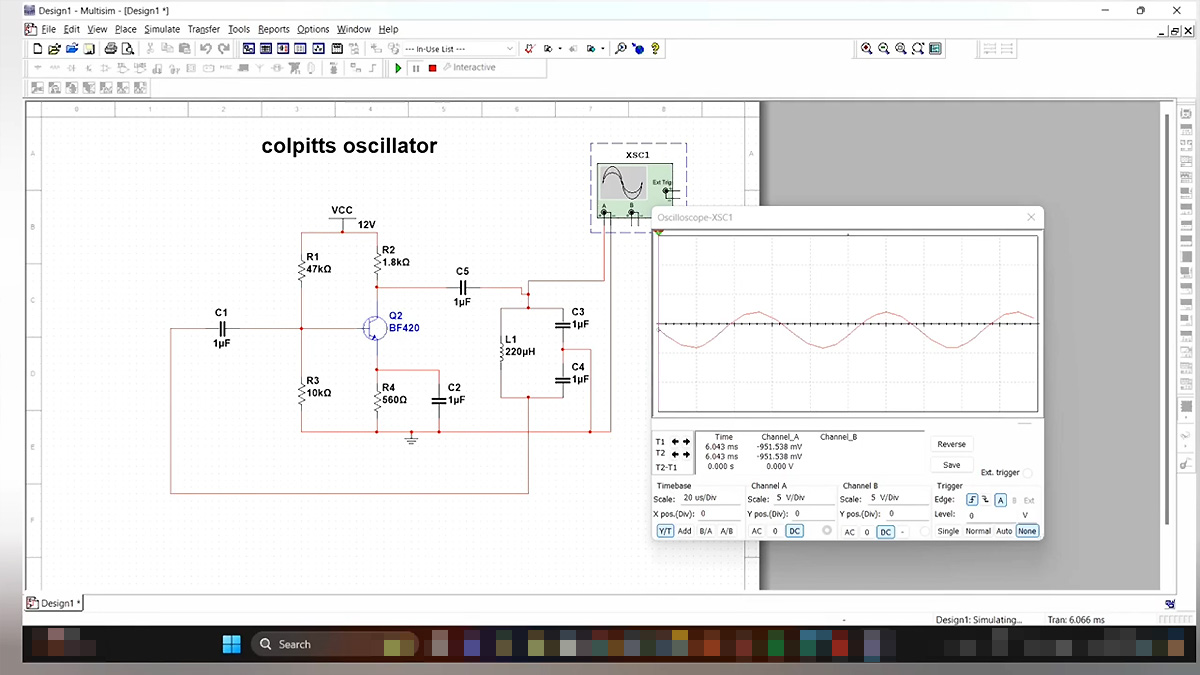Odd new tricks from a massive black hole
In 2018 astronomers at MIT and elsewhere observed previously unseen behavior from a black hole known as 1ES 1927+654, which is about as massive as a million suns and sits in a galaxy 270 million light-years away. Its corona—a cloud of whirling, white-hot plasma—suddenly disappeared before reassembling months later. Now members of the team have…

In 2018 astronomers at MIT and elsewhere observed previously unseen behavior from a black hole known as 1ES 1927+654, which is about as massive as a million suns and sits in a galaxy 270 million light-years away. Its corona—a cloud of whirling, white-hot plasma—suddenly disappeared before reassembling months later.
Now members of the team have caught the same object exhibiting another strange pattern: Flashes of x-rays are coming from it at a steadily increasing clip. By looking through observations of the black hole taken by the European Space Agency’s XMM-Newton, a space-based observatory that detects and measures x-ray emissions from extreme cosmic sources, they found that the flashes increased from every 18 minutes to every seven minutes over a two-year period.
One possible explanation is that the corona is oscillating. But the researchers believe the most likely culprit is a spinning white dwarf—an extremely compact core of a dead star orbiting around the black hole and getting closer to its event horizon, the boundary beyond which nothing can escape its gravitational pull. Circling closer would mean moving faster, explaining the increasing frequency of x-ray oscillations.
If this is the case, the white dwarf could be coming right up to the black hole’s edge without falling in. “This would be the closest thing we know of around any black hole,” says Megan Masterson, a graduate student in physics at MIT, who reported the findings with associate professor Erin Kara and others.
If a white dwarf is at the root of the mysterious flashing, it can also be expected to give off gravitational waves, detectable by next-generation observatories such as ESA’s Laser Interferometer Space Antenna (LISA). Its launch is currently planned for the mid-2030s.
“The one thing I’ve learned with this source is to never stop looking at it, because it will probably teach us something new,” Masterson says. “The next step is just to keep our eyes open.










































































































































































![[The AI Show Episode 144]: ChatGPT’s New Memory, Shopify CEO’s Leaked “AI First” Memo, Google Cloud Next Releases, o3 and o4-mini Coming Soon & Llama 4’s Rocky Launch](https://www.marketingaiinstitute.com/hubfs/ep%20144%20cover.png)

























































































































































































.jpg?width=1920&height=1920&fit=bounds&quality=70&format=jpg&auto=webp#)




















































nintendodirect_nintendoswitch2–4.2.2025(2).jpeg?#)

































_Wavebreakmedia_Ltd_FUS1507-1_Alamy.jpg?width=1280&auto=webp&quality=80&disable=upscale#)




















































































































![Hands-On With 'iPhone 17 Air' Dummy Reveals 'Scary Thin' Design [Video]](https://www.iclarified.com/images/news/97100/97100/97100-640.jpg)
![Mike Rockwell is Overhauling Siri's Leadership Team [Report]](https://www.iclarified.com/images/news/97096/97096/97096-640.jpg)
































































































































